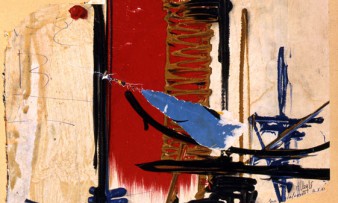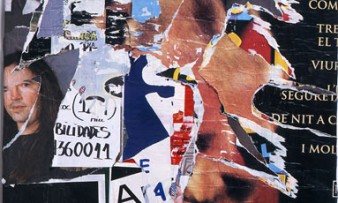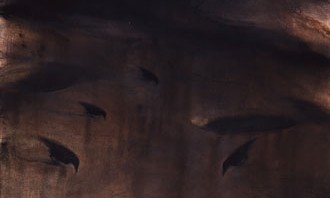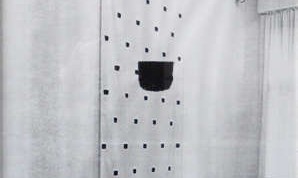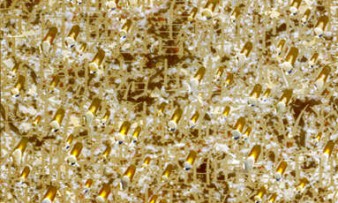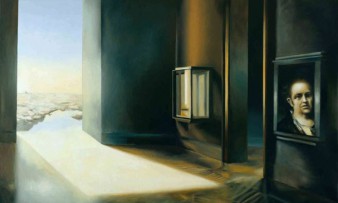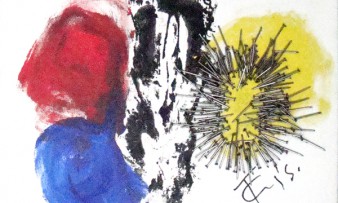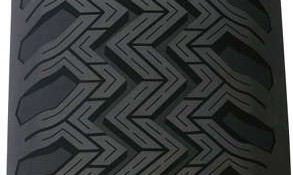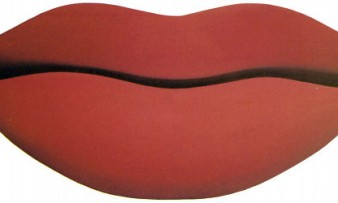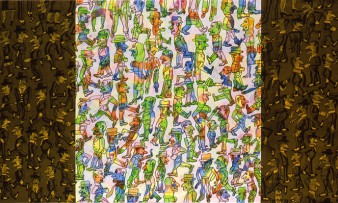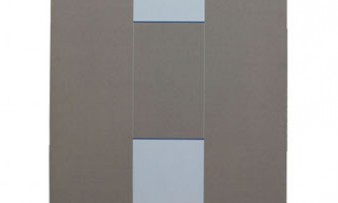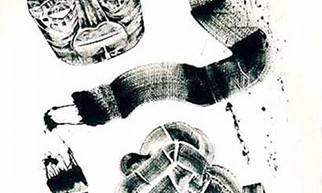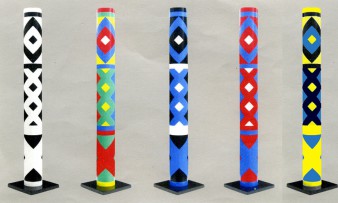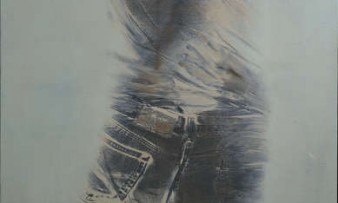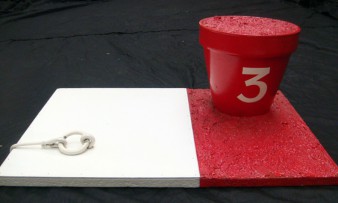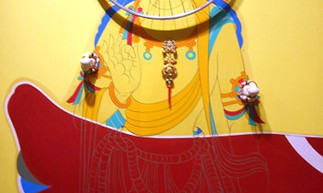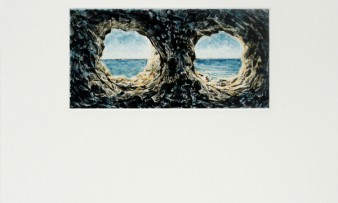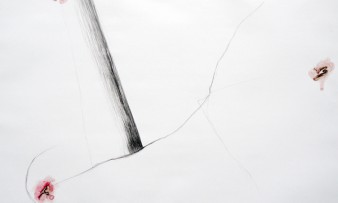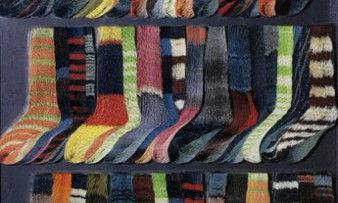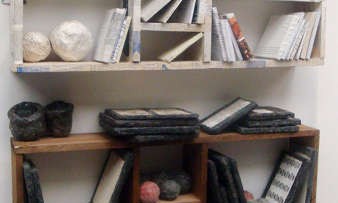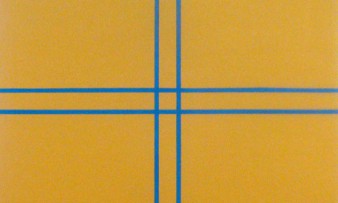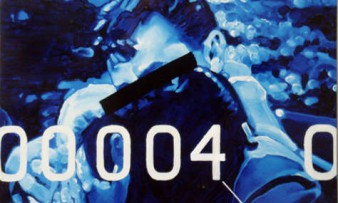Peter Stämpfli interviewed by Pascal Le Thorel
Pascale Le Thorel: Although your nationality is Swiss, you have participated, since the very beginning, in this project, in the creation of a contemporary art center in Sitges, a town near Barcelona, in Catalonia. Could you tell us something about the special relationship you have with Catalonia?
Peter Stämpfli: The first time I came to Catalonia was in 1961, I came because I was getting married with a Catalan, Anna-Maria, who made me discover Sitges. Since then, we’ve come every year to Catalonia. In1970, after the Venice Biennale, in which I represented Switzerland, we began to stay in Catalonia for longer periods of time and I have frequently worked in my studio in Sitges.
PLT: You slowly began introducing yourselves in the town life.
PS: In 1977 I launched the Festes culturals in Sitges, which lasted 10 years and in which the whole town participated. We rescued the town’s 14th century defensive wall, we filmed the movie Sitges 1900, we sent an atmospheric probe which was a call to world peace as well and which ended up landing in Thailand…
PLT: In 1995, you create the Espai Cultural Pere Stämpfli.
PS: We created the Espai Cultural to make the investigation task easier for the group of researchers from Sitges who publish books about the town and Catalonia, organize conferences, collect photographic documents and texts about the culture and history of the town and, more generally, of Catalonia. Lluís Jou i Mirabent, one of the travel partners in the history of our Foundation, was at the time chairman of the research group. Catalan college professors, writers, or poets participated in discussions, conferences… For the town, I believe it was something positive, which has created bonds and allowed a serious development of the investigations.
PS: In 2006, we set up a Foundation with the aim of creating a Contemporary Art Museum in Sitges, a sea town thirty kilometres south of Barcelona. It’s a town with a past inscribed in the history of Catalonia, chiefly because Santiago Rusiñol settled in it early in the 20th century; Picasso also spent some time in the town as well as other artists of the period. Rusiñol’s house, Cau Ferrat, is a much visited historical museum which has been impressively preserved by the municipality. Sitges is also internationally known for its theatre, music or film festivals.
PLT: What is the Foundation’s generous ambition?
PS: We wanted to bring to Sitges, a town with an important artistic legacy, international contemporary art, of which it is lacking. This is why I made the decision of creating this Foundation. I thought it would be more interesting to establish a dialogue, allow the formation of a project that would be open to the international art world of the second half of the 20th century, than to set up my work in a permanent and exclusive way in determined places. The town has participated in a decisive way in this initiative, it has donated an old market in the historical area, next to the Foundation’s buildings and, together with the Generalitat de Catalunya, it takes care of the museum’s continuation.
PLT: How do you make up the
collection?
PLT: Can you tell us how you choose the pieces of art for the Foundation?
PS: Most of the times, we meet with artists. Obviously, they are free to choose the piece of work they want to give up, but, in any case, we have to bear in mind the place where the exhibition will take place, the exhibit rooms. All I ask of them is to choose one of their most representative pieces of work.
PLT: Let’s talk about your wife, Anna-Maria, she has always been strongly committed to the project; she has been involved in it since the very beginning, right? She’s not an artist herself, but she seems to have always had a very close relationship with your artist friends and to be quite the alma mater of the Foundation.
PS: The Foundation would never have been born without her. We married when we were very young. She’s always been my wife and friend, and we have shared the same friends, the same artists. We have faced the same problems and have tried to overcome them together.
PLT: For over two years now, the three of us have been working in the creation of the Foundation’s web site, which constitutes an open window to the international scene, it allows the possibility of displaying the work of the artists who participate in the collection and it will also be a way of informing people of ongoing events. This web site (www.fundacio-stampfli.org) reflects, even before the opening of the new Foundation spaces and the first pre-figurative exhibit, the ample scope of both the town and the Foundation’s commitment.
PS: From now on, this website will go hand in hand with the Contemporary Art Museum. You can already find on it the works from collection that will be on view and it establishes a link between the participating artists and their own websites, their art gallery websites, and their current work. Moreover, it has been designed to be accessible in different languages and this makes it a window from which the entire world can get to know us.
PLT: What’s really surprising is that, when we look at the collection as it is constituted at present, it gives quite a complete overview of the different contemporary art tendencies of the past fifty years.
PS: Yes, it brings together artists from more than sixteen different countries, who belong to the different representative tendencies I’ve encountered during my forty-five year experience as a painter and sculptor in Europe. The artists represent a variety of tendencies, from Narrative Figuration to Support Surface; from BMPT to Nouveau Réalisme; from Surrealism to the Objecteurs; from Kinetic art to Geometric Abstraction, and, lately, Numerical Art. There are also those who can’t be categorized at all.
PLT: Could you talk about your future museum in more detail?
PS: The renovation project of the premises, located in Sitges’ old town, is being carried out. The different buildings will house the collection. The museum will officially become one of the local museums in Sitges. This international contemporary art center will, presumably, obtain a reputation that will reach farther out than the town, the region and, even, Catalonia.
